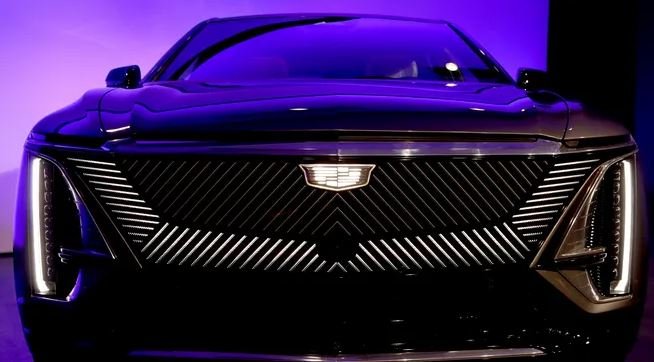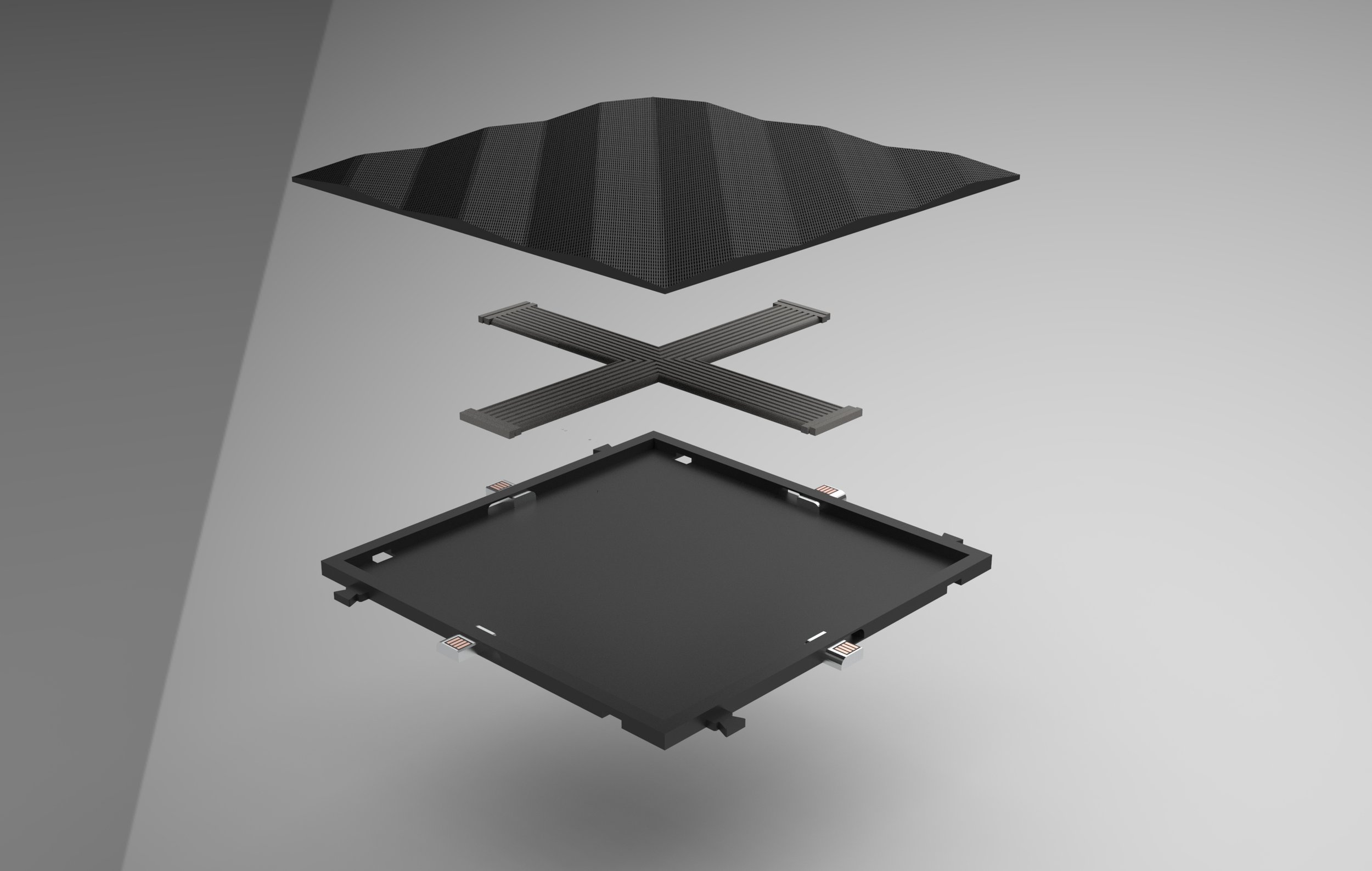GM Ultium
General Motors Ultium Project
In a project sponsored by General Motors, I was tasked with envisioning the garage of the future. In a world of electric vehicles, what does the garage look like and how does it function?
The garage is a sacred space within the American psyche. The cultural significance the garage carries as a space for making, repairing, and creating cannot be overlooked. It is not inside the house, but it’s not outside either, “This is too messy to do in the living room, I’ll take it out to the garage.” My primary goal was to make sure the garage could be used in the same way, without compromising the space with the advent of the electric vehicle charger. Preserving the garage as a kind of workshop space was my focus. I wanted it to remain a place that could get dirty, that could be hosed down. Essential criteria in my early ideation about a charging solution were that it had to be durable, unobtrusive, modular, with a non-destructive installation.
Sketches / Ideation
Using existing garage tiling as a precedent, I imagined that it checked all the boxes of my initial constraints. Fully modular, replaceable, and it could be installed by the owner easily. I thought some sort of polyethylene would be a good choice as it is both flexible and durable.
Above are the different types of tiles, a charging tile, a conduit tile, and an inert tile. This would be primarily a cost cutting measure — having an entire garage floor made of induction chargers would be too expensive, but also as a means to allow it to fit in different spaces: the inert tiles can be trimmed to fit around the edge of any garage space.
The garage beyond a space for car storage was my initial direction, and to bring that back to the forefront, I wanted to integrate some common tools people may have in their hobbyist garage. An air compressor, shopvac, band saw, or tool chest, these could all be charged or powered by the same system. Above is a potential layout, with the charging tiles being connected to a power source via the conduit tiles, with the inert tiles taking up a majority of the floor space.
After a lot of exploration, I landed on the above pattern inspired by General Motor’s new EV the Cadillac Lyriq. A Truchet variation, all the individual tiles are the same, but no matter how they are oriented, it always makes an interesting pattern. The user could make all the tiles go in a continuous diagonal pattern, a herring bone pattern, or a random pattern as shown above. They can also always change up their layout if they want to. From a production standpoint this is convenient, because there is only one mold for the patterning.
Charging Tile
Inert Tile
Conduit Tile
With exploded views, it is easy to distinguish the types of tiles. However, once the user has laid down their tiles in a pattern they like, it is impossible for them to tell the different types of tiles apart. I elected to use light as a medium for communicating charging tiles and their status with the user.
Once again coming back to the tools, this user has a welding set up, and air compressor, a miter saw, and a tool chest with cordless power tool batteries that are all powered by the same system.















